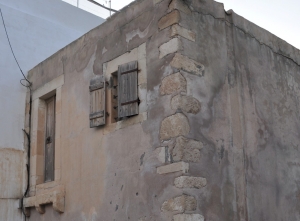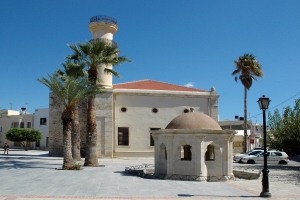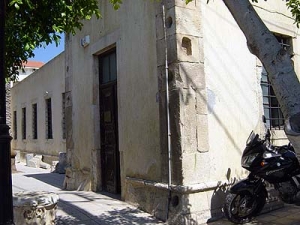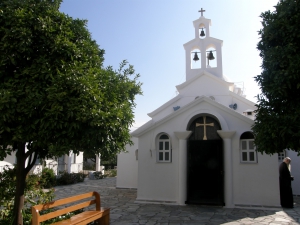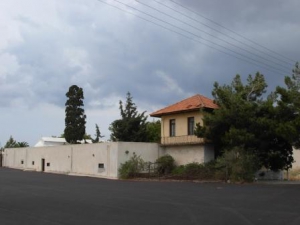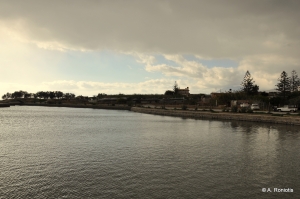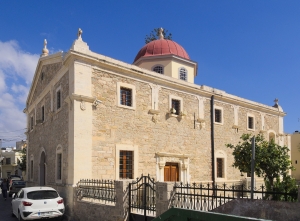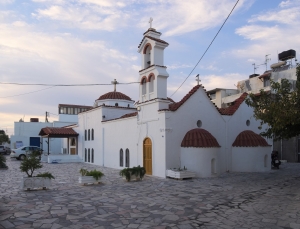In the summer of 1798 the French Emperor Napoleon Bonaparte conducted his campaign against the Mamluks in Egypt to protect the French trade in the region and to block the access of the Brits in India. During his trip to the east it is said to have stayed for a night in a house in Ierapetra.
The mosque was built in the old city (Kato Mera) at the end of the 19th century, when the Turks conquered Ierapetra and modified the church of Agios Ioannis for their religious purposes. It is held to date in a pretty good condition.
The archaeological collection of Ierapetra began to be formed in the late 19th century, when its antiquities-loving residents founded the Educational Association of Ierapetra, whose purpose was to gather and preserve the region’s antiquities, as well as to create a museum collection.
The Monastery of Panagia Faneromeni (i.e. Revealed Holy Mary) or Virgin Mary of Gournia is located northwest of Pachia Ammos, 24km south of Agios Nikolaos. It is a male monastery built on a steep slope at an altitude of 540 meters with stunning sea views. The monastery church is built inside a cave.
The monastery of Ayiasmenos (Hallowed, Sanctified) is located 2km north of Ierapetra, near the main road connecting the town with Pahia Ammos. The church of the monastery is dedicated to Agii Pantes (All Saints) and in the late 19th century it hosted the home of the Bishop of Ierapetra and Sitia.
One of the highlights of ancient Ierapetra was the Naumachia (naval battle), a maritime theater where bloody battles were performed by prisoners and slaves of the Roman Empire. This was the transfer of arenas to the marine environment. The Naumachia was inspired by Julius Caesar in 46 BC.
The church of Saint George in Ierapetra is the most important in the city and Saint George is the patron saint of Ierapetra. The church is three-aisled with a dome on a high drum and follows the architectural standards of the Turkish occupation.
The double aisled temple of Jesus Christ our Savior (Afendis Christos) and Saint Charalambos is located in the district of Kato Mera, near the port of Ierapetra and very close to the fortress of Kales. It is the oldest temple in the city, which has taken its present form as a result of successive interventions.





